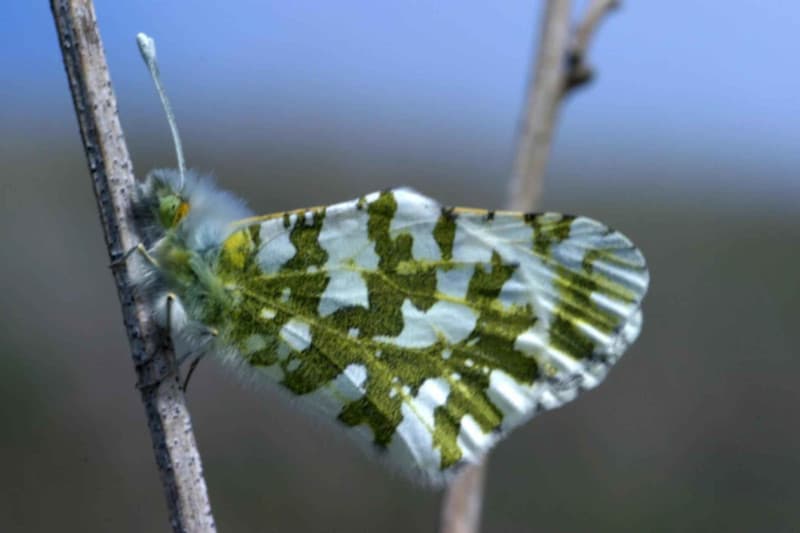
Island Marble Facts
- Most notably, the magnificent Island Marble remains an extremely rare species of Lepidoptera. It further bears the scientific name of the Euchloe ausonides insulanus. It also happens to only inhabit an extremely limited portion of the world.
- Entomologists previously believed this little butterfly to be extinct in the wild, since 1908. Quite fortunately, however, that changed as the result of a survey undertaken in 1998, when researchers discovered several living individuals.
- Yet, despite all these factors, the gorgeous insect does not yet appear on the IUCN Red List of Threatened Species. But the invertebrate has, quite understandably, been recommended for inclusion on that list.
- Finally, and also quite sadly, the Island Marble now faces numerous threats to its existence. Habitat loss and climate change pose serious dangers, in addition to invasive species. Yet, efforts to preserve the Island Marble are underway.
Related Articles
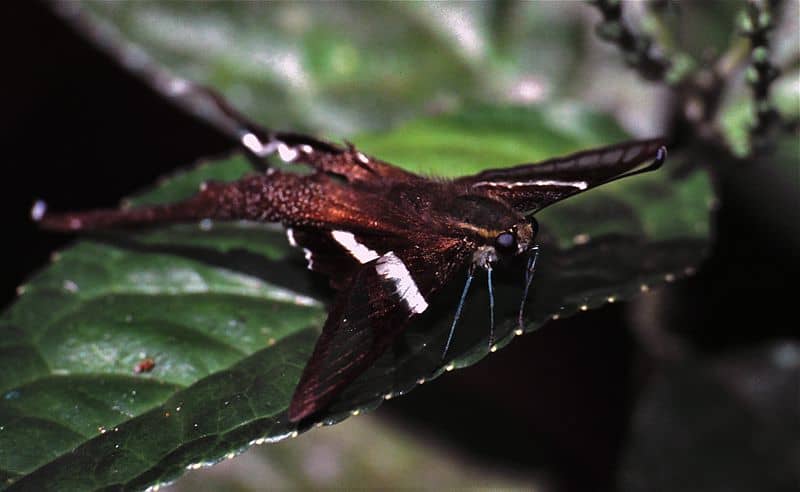
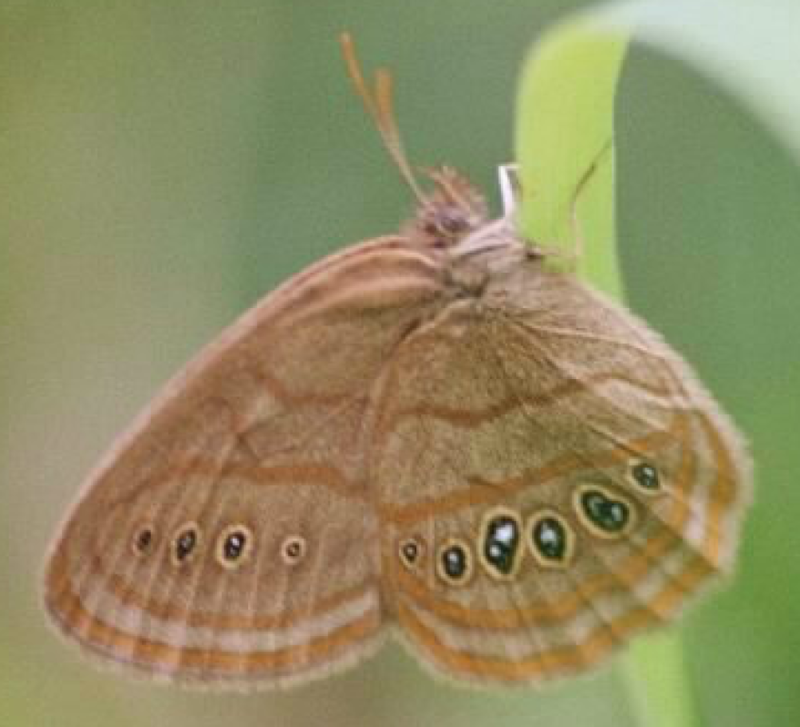
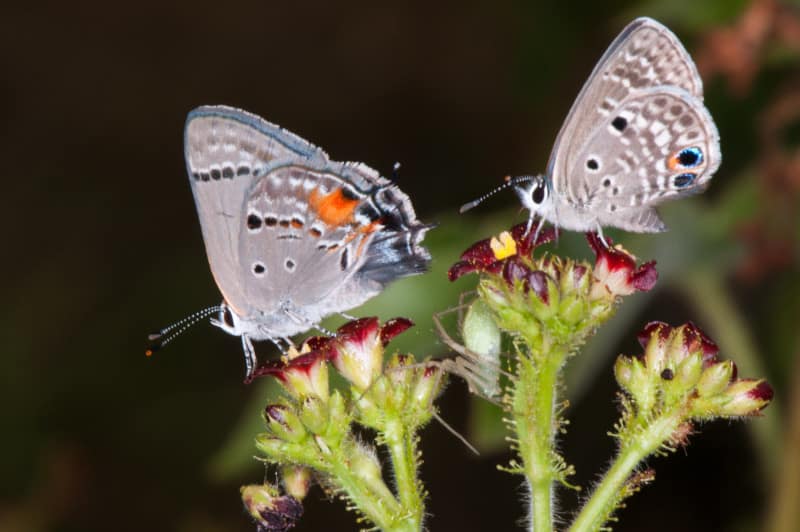
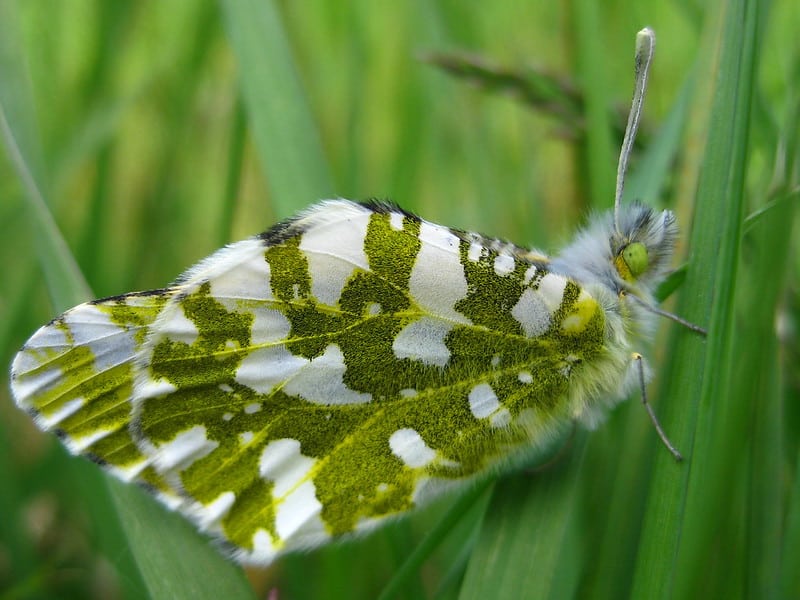
Island Marble Physical Description
First of all, while gorgeous, the sincerely stunning Island Marble only ranks as a medium-sized variety of butterfly. Mature individuals attain an average wing width of about 1.75 in (4.5 cm). In fact, it resembles the Cabbage White Butterfly in some ways.
Also, it generally has a primarily creamy-white appearance on the upper side. Yet, Nature coupled this with a greenish-yellow underneath. Additionally, the upper side has black patterned tips on the wings, and a black rectangle mid-wing.
But the Island Marble also displays yet another feature which adds to its distinctive beauty. The majority of the body possesses a covering of thick, short, and extremely soft hairs. Lastly, these almost always develop as a brilliant white in color.
- Kingdom: Animalia
- Phylum: Arthropoda
- Class: Insecta
- Order: Lepidoptera
- Family: Pieridae
- Genus: Euchloe
- Species: E. a. insulana
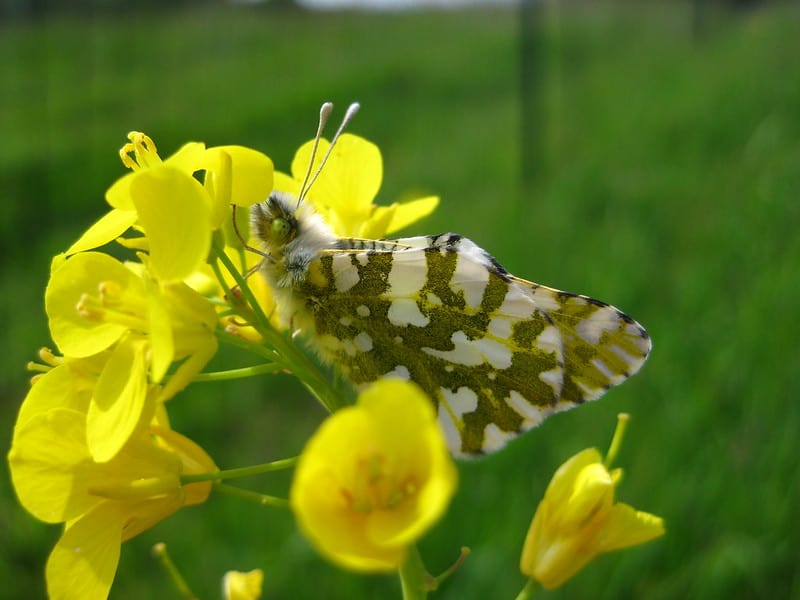
Island Marble Distribution, Habitat, and Ecology
Firstly, the always beautiful insect named the Island Marble, unfortunately, only inhabits the San Juan Islands. These comprise a 4 island archipelago, technically forming San Juan County, in Washington State, in the United States, in North America.
Further, its known habitat consists solely of a highly specific range of environments. These consist of regions of coastal lagoons, prairies, and sand dunes. However, unlike the great majority of butterflies, this delicate beauty does not engage in migration.
It also has a very surprising life cycle. This perhaps evolved as an adaptation to its particular environment. The insect spends the great majority of its short life, about one year, as a chrysalis. Its egg, larval, and adult stages last for short periods.
The Island Marble flies for very short periods during the spring. In an interesting case of adaptation, adults now feed almost exclusively on a non-native plant. Finally, it mates and lays eggs right after emerging from its chrysalis, living only a few days as an adult.
Species Sharing Its Range
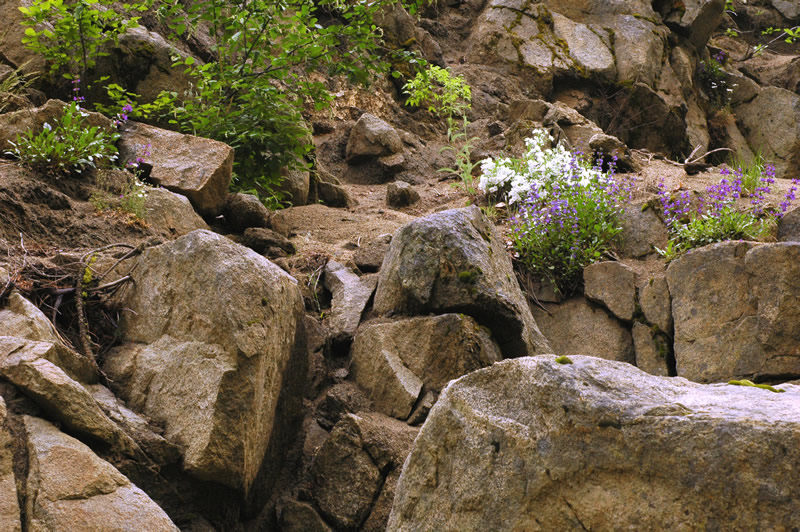

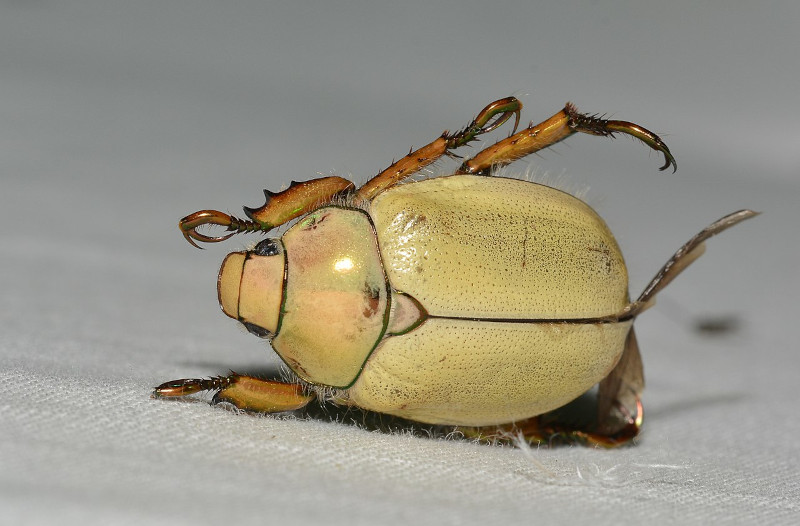
Check out our other articles on 7 Lesser Known African Mammals, Pocket Shark, Cerro Sarisarinama, Tasmanian Devil, Monkey Puzzle Tree, Gambian Spotted-Eye Flower Mantis, Green Iguana









Leave a Reply